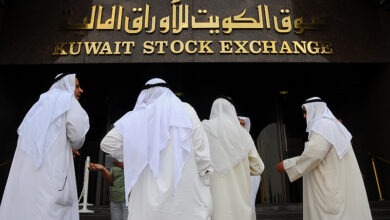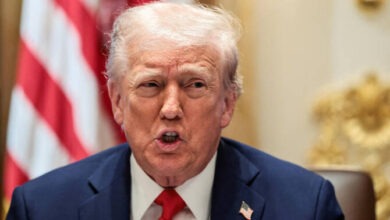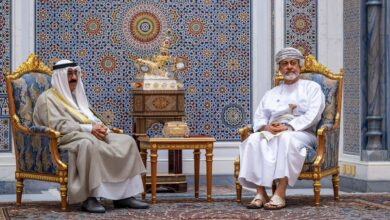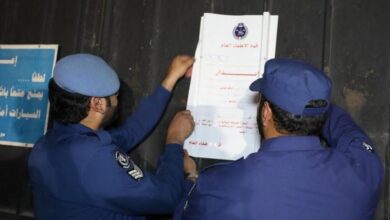Kuwait tightens scrutiny on hidden corporate ownership in complex structures

Regulatory authorities in Kuwait have flagged serious loopholes in complex corporate structures that enable concealment of true beneficial owners, facilitating illicit financial activities.
According to guidance from the National Committee for Combating Money Laundering and Terrorism Financing, these opaque setups—often involving multiple legal entities across jurisdictions—obscure real ownership and control, reports Al-Rai daily.
The committee warned that the more complex and ambiguous the structure, the more it demands thorough verification to identify the true beneficial owners, particularly when external individuals exercise control without official ownership.
The guidance, aimed at financial institutions and DNFBPs, emphasizes the importance of verifying beneficial ownership using reliable documents that clearly identify the owner’s name, nationality, date of birth, address, and legal identification.
Key tactics to obscure ownership include circular ownership where companies own each other within a closed loop, hiding real stakeholders; divided ownership where no single person owns more than 25%, but someone still exerts effective control; complex trust structures — established across jurisdictions to mask fund origins and real beneficiaries and use of legal entities in investment funds requiring identification of individuals with even a single vote or share in the controlling entities.
The Ministry of Commerce and Industry reported that by the June 10 deadline, 98% of active commercial entities had complied with beneficial ownership registration, with 3,007 violators fined nearly KD 3 million.
The guide urges institutions to adopt a risk-based approach to verifying ownership—simple structures may require basic document checks, while complex ones demand in-depth investigation into agreements and control mechanisms.
It stresses that failing to uncover true ownership allows criminals to exploit financial systems undetected, move illicit funds, and undermine transparency. Institutions must closely monitor ownership changes and unusual financial patterns—like transfers to high-risk jurisdictions—to prevent misuse.
Documentation such as incorporation certificates, shareholder registers, trust deeds, and control agreements are essential for identifying beneficial owners. All due diligence records must be kept for at least five years after a business relationship ends.
Given the dynamic nature of ownership in layered structures, the guidance calls for continuous monitoring, especially when indirect control shifts between stakeholders.













